The State of Rhineland-Palatinate, located in Germany’s central south-west region, shares international borders with France, Luxembourg, and Belgium. Rhineland-Palatinate (Rheinland-Pfalz in German) is home to ancient towns and picturesque hamlets, idyllic river landscapes, and charming villages. There are more than 500 castles and palaces to discover in in this varied and lush landscape. The fertile countryside is famed for its wines such as Riesling from the Palatinate and sparkling wines from the Moselle region.
Here are our top recommendations for towns in this charming state
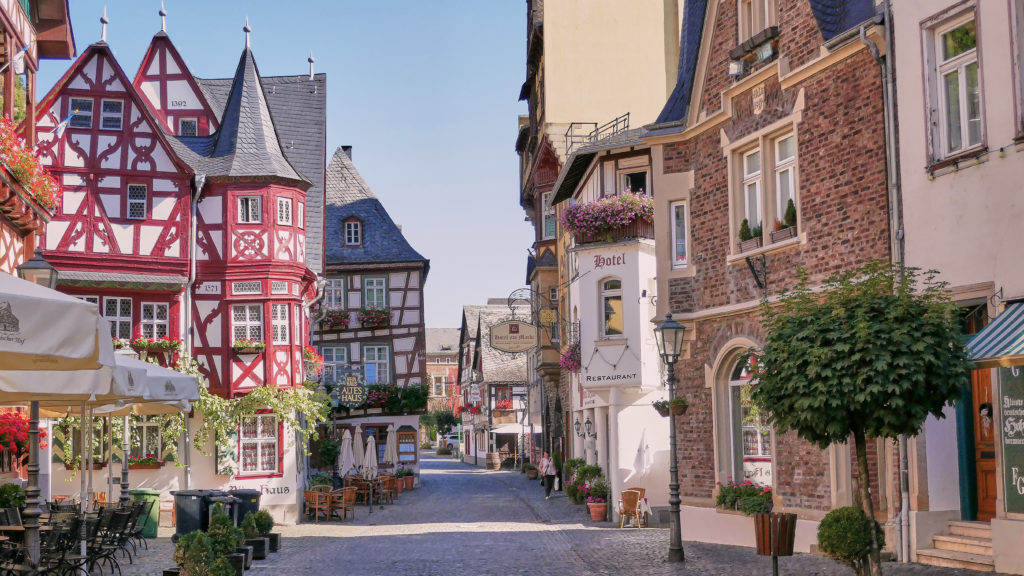
Bacharach
One of the prettiest and most romantic hamlets along the Rhine river, Bacharach conceals its considerable charms behind a 14th-century wall. This medieval village of cobblestone streets and half-timbered houses, most of which were built before the 16th century, has been deemed a UNESCO World Heritage Site. It’s not difficult to see why this town is a favorite among visitors who travel along the Rhine River, either by car, train, or a famous river cruise. The Upper Middle Rhine Valley extends 65 kilometers from Bingen to Koblenz. It has more castles than any other river in the world. Its landscape and riverfront villages have inspired fairytales, music, poetry, and paintings for centuries.
Be sure to visit the Altes Haus (translating to Old House), built in 1368. It’s arguably the oldest building in Bacharach. With its half-timbered structure, turrets, and gables, this house indeed conjures up fairytales. It houses a restaurant that has a limited menu but enjoys immense popularity thanks to its heritage and historic ambiance.
**Special Hint** Travel just 10km down the river to Rheinstien Castle. This castle’s roots date back to the late 13th century, but for the past 40 years, it has been lovingly restored and cared for by its current owners, the Hecher family. After your hike up the winding walkway to the working castle drawbridge, you will be rewarded with spectacular views 270 feet above the Rhine River and the Loreley Valley. Tour the castle, stunning garden (with a 500-year-old Burgundy grapevine), then have a bite to eat and glass of wine in the quaint café with fantastic views overlooking the vineyards and river below.
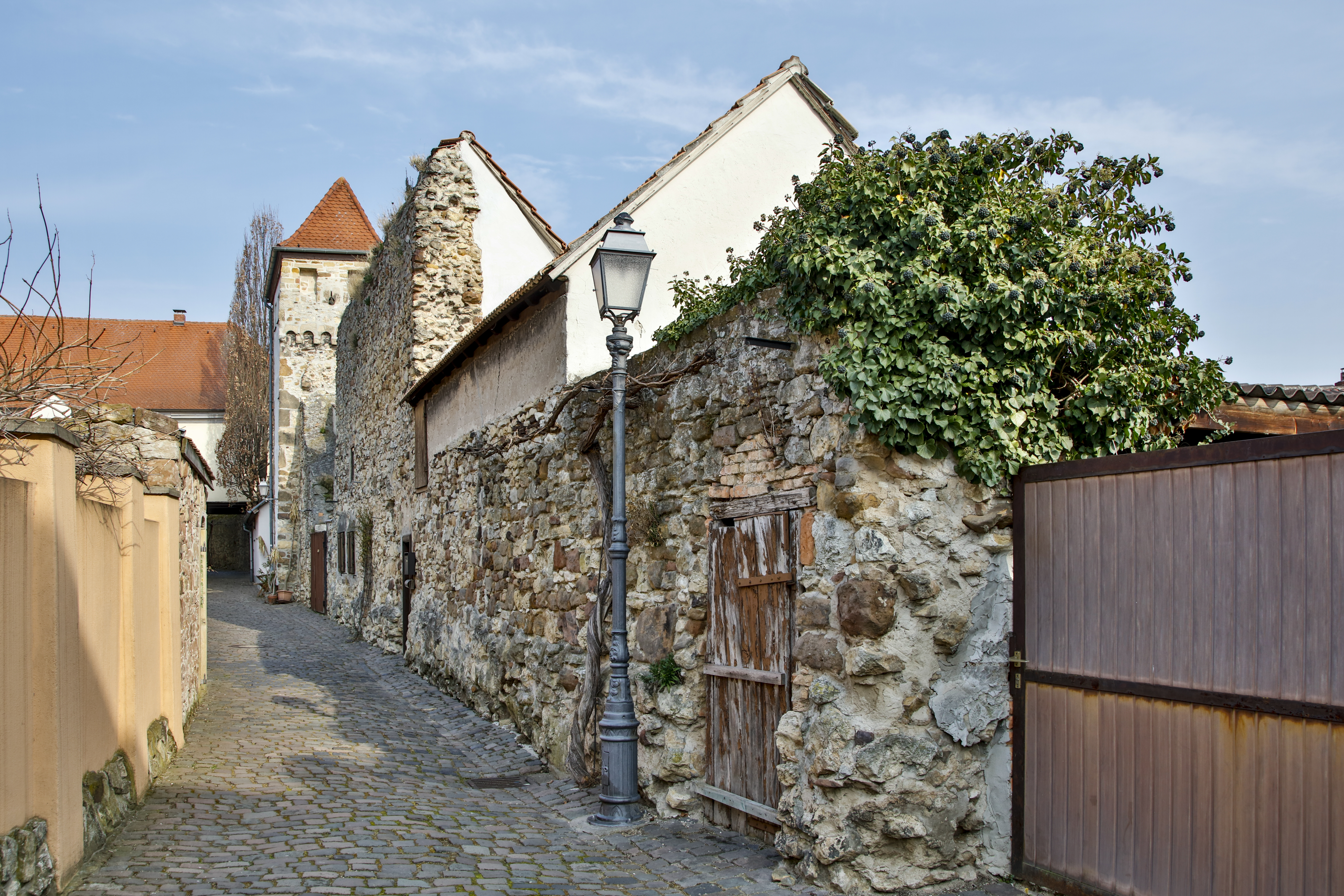
Friensheim
This charming village in the district of Bad Dürkheim sits along the German Wine Route. Known for its almond blossoms in the spring and the grape harvest in the autumn, this enchanting countryside village offers excellent wine, delicious food, and nearby castles to explore. The municipal area of Freinsheim has been continuously settled since the 6th-century. Now with about 5,000 inhabitants, it is among the state’s smaller towns, and you feel like you’ve stepped back in time. The unique late-gothic town wall with its towers and gates has been almost wholly preserved and is roughly 1,300 meters long. It forms the basis of the town’s historical appearance. The outer gate at the Eisentor (“Iron Gate”) with its flanking towers and the Electorate of the Palatinate coat of arms makes for a grand entrance to the village. The heart of the town is extraordinarily well restored. As you wind through the cobblestoned streets, you’ll find yourself gazing at the delightful flower gardens, charming boutique shops, and delicious dining options.
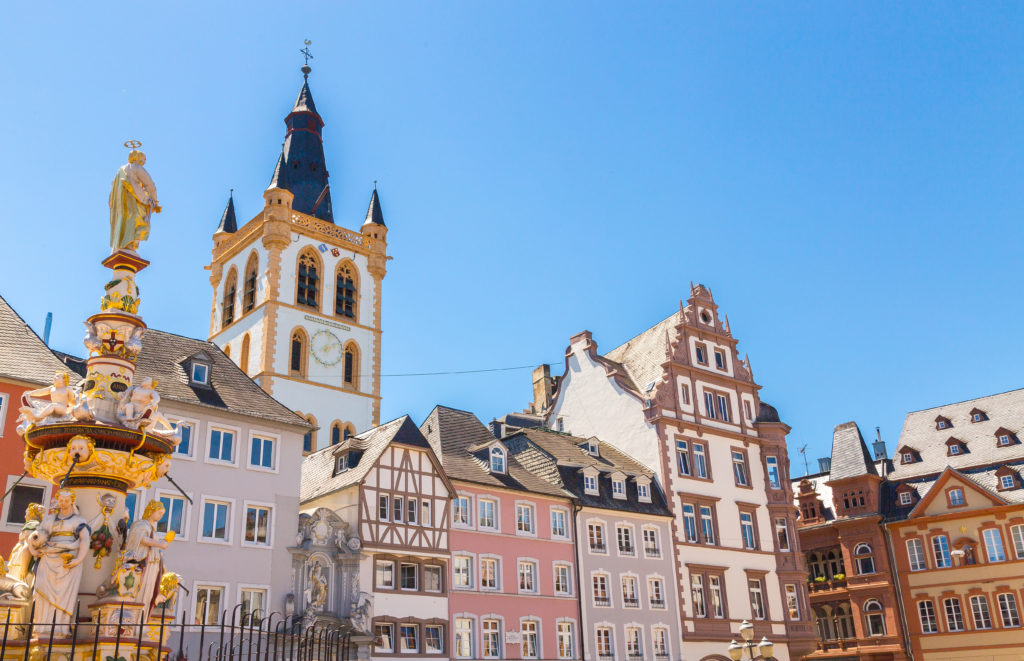
Trier
The most ancient city in Germany (dating back to the Roman era), Trier boasts a medieval old town, remnants of Roman architecture, Germany’s oldest bishop’s church – Trier Cathedral – and excellent wine-tasting opportunities. Towering over the medieval old town, the massive sandstone Roman gate, Porta Nigra, dates back to
180 AD and is among the world’s best-preserved ancient structures.
A tour through Trier will take you past an impressive eight UNESCO World Heritage Sites – including the Porta Nigra gate, Constantine’s throne room, the imperial bathhouses, the Roman bridge, and an amphitheater. Visit Trier on market day for a truly enchanting experience. Vibrant seasonal fruits and vegetables, local handicrafts, and stalls for tasting the regional wine and delicacies fill the old town square.
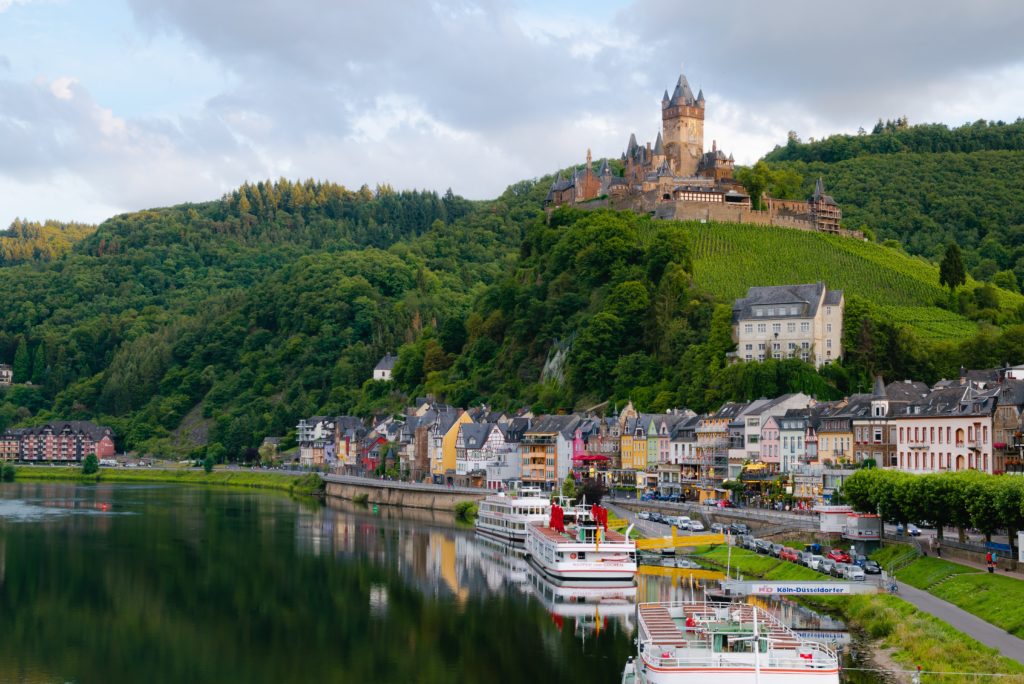
Cochem
This tiny town has been thriving since the Celts were exploring the Moselle a few thousand years ago. In addition to the dozens of historical buildings nestled on a bend in the Moselle River, Cochem has the distinct advantage of being right in the middle of white wine country. The steep hills at the river’s edge create excellent terraces, making Riesling worth the hike to procure. Towering atop the village is Cochem Castle. The ruins of this castle date back to the 12th century. However, the castle that stands today was built in 1868 by a wealthy Berlin businessman, restoring it to its original Romanesque style and condition.
**Special Hint** Less than an hour drive from Cochem Castle, Burg Eltz is probably the best-preserved Medieval castle in all of Germany and is the perfect place to live out your knight in shining armor dreams. This castle is unique, as it’s been in the same family for 33 generations and was never destroyed or damaged by the various wars in the area.
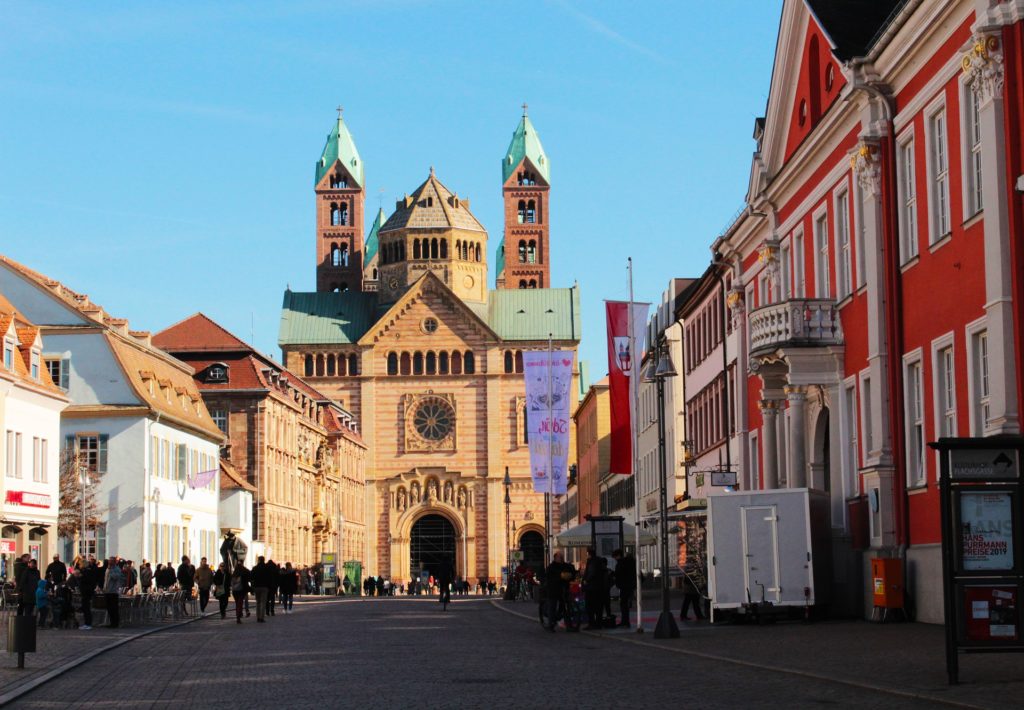
Speyer
Speyer is one of Germany’s oldest cities. Its foundation dates back to the 10th century and is known for its impressive architecture. The most famous structures are the 11th-century red sandstone Speyer Cathedral, the celebrated Baroque architecture of Trinity Church, the 13th-century Old City Gate, which offers panoramic views of the city, and the neo-Gothic Memorial Church. A stroll through the old city gate into the historic old town presents local boutiques and cafés with the imposing Cathedral at the far end of the main street. Visitors should not miss a visit to the old Jewish quarter, which houses the oldest mikvah north of the Alps.
For a more modern experience, the nearby Speyer Technick Museum is full of antique and vintage vehicles, various aircraft, and even a small submarine that you can walk through. A space exhibition which includes the Russian shuttle is especially fascinating.
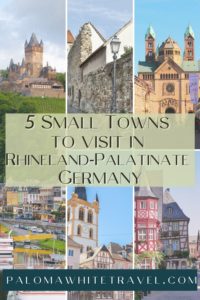
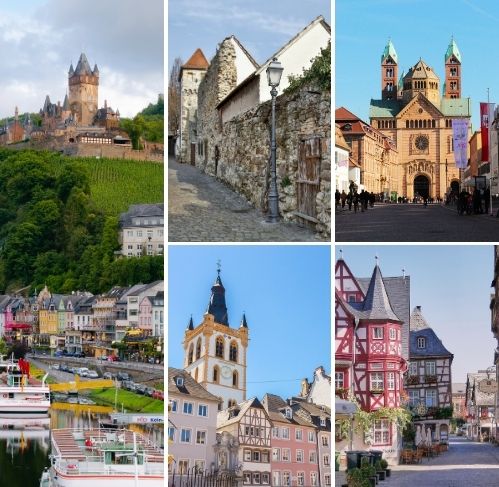
comments load here